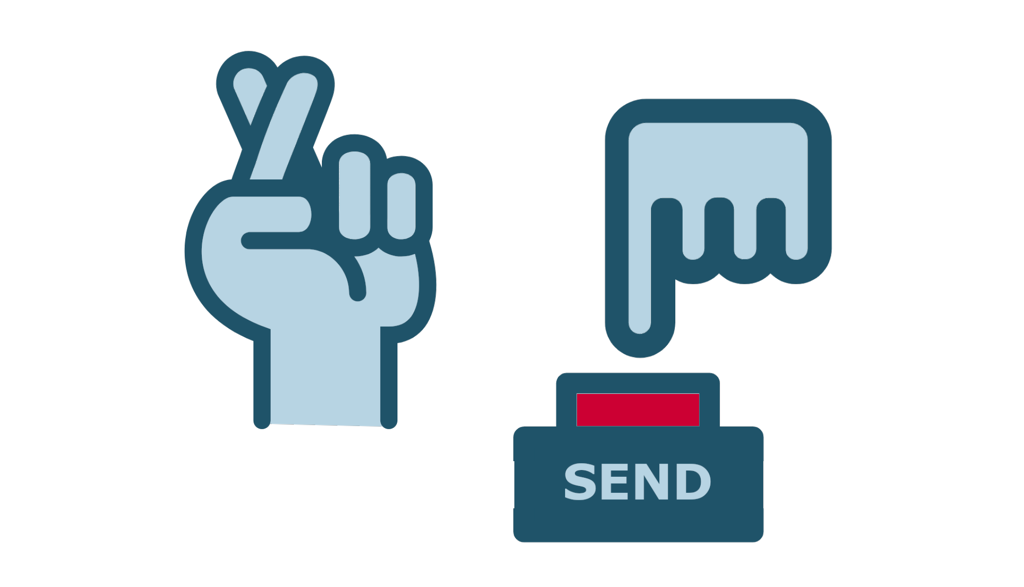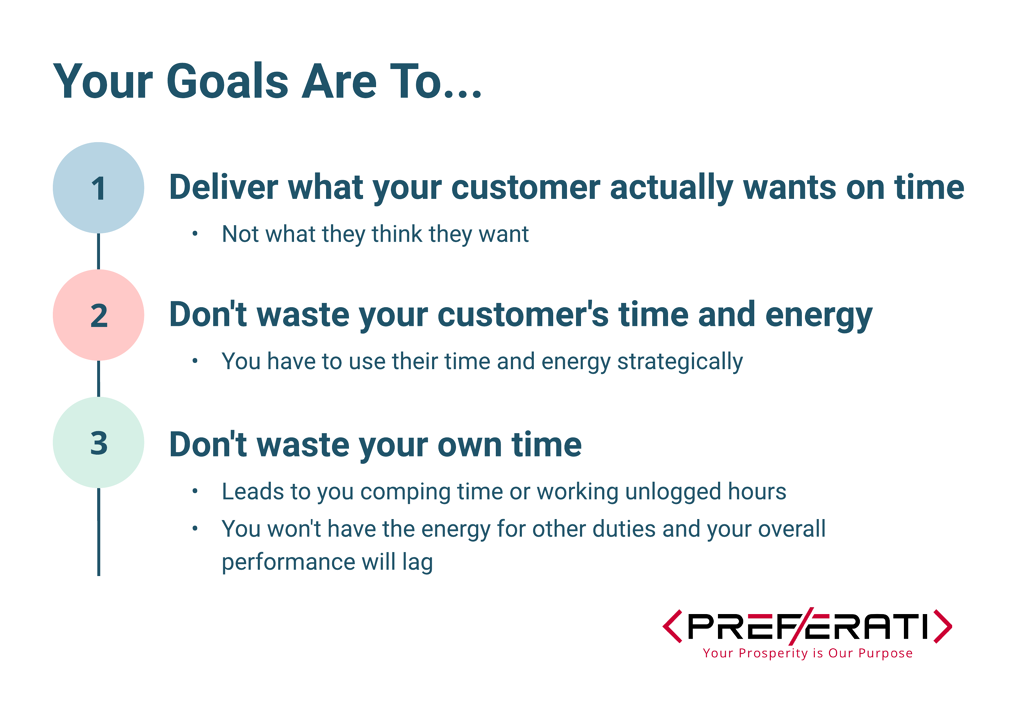Over the years I’ve heard a lot of complaints from US companies about working with offshores staff.
One of the most frequent complaints is “too much hand-holding”.

So what does “hand-holding” mean? Well, it’s not flattering – it creates an image of a child needing help. In relation to services, it’s when the client has to manage every detail of the process. The client may have to put in 50%, 75%, or even 150% of the effort they would have to put in doing the task themselves.
To be fair, most people (including US clients) are happy to lend a helping hand. But if your US client uses as much effort as it takes doing it themselves, they are no better off. Hand-holding is somewhat acceptable during onboarding, but the problem is a lot of offshores staff never graduate past it.
Culturally, your US client is unlikely to complain about hand-holding.
They don’t want to make you feel bad. If they do complain, they are likely to be very positive and encouraging so you don’t realize how upset they really are.
They aren’t likely to tell you how painful it is to get your work to an acceptable quality level. They figure you are doing your best and don’t want to hurt your feelings. Further, they might be unsure how much of the problem is due to cultural differences and don’t want to be seen as culturally insensitive. Instead, US clients are likely to remain positive throughout most of the engagement and then blow up when it becomes too much for them. This is why many offshore teammates are surprised when they are suddenly let go.
Now ask yourself the following:
- Have you ever worked with someone who depended heavily on hand-holding? What was it like?
- Have you ever felt trapped in a hand-holding situation, where you knew your hand was being held and you couldn’t figure out how to get out of it? How did it turn out?
- Have you ever been let go or had to let someone go because they required too much hand-holding?
Hand-holding and hoping tend to go together.

If you guess what a job well-done looks like and send that work to your client hoping it is on the right track – you are in a hand-holding relationship. If you are unclear on what is expected you are responsible for your own education, doing research to build your understanding, and asking smart questions. To learn more about asking strategic questions, check out this blog post.
In services, we often find ourselves with tasks that…
- We don’t know how to do
- We or customer doesn’t know exactly what they want
Both of these scenarios happen all of the time, and they don’t get easier with experience. In fact, I’ve worked in the US my entire life and it happens to me on a weekly basis.
If you want to succeed on US teams, you need to be able to navigate these very common situations without overly frustrating your client or overworking yourself.

So how do you achieve this and not be handheld?
The answer is drafts. Drafts are an intentional part of the process of delivering work. You can send your client a draft while being clear that it is unpolished/incomplete and asking them strategic questions.
Let’s compare delivering work via hand-holding vs via drafts.
Hand Holding
- Client has to “pull” the proper quality work from the teammate
- Client’s tradeoff of effort isn’t worth it
- The effort to get what is needed via teammate is not less than the work to do it themselves
- Work is usually unusable.
- Client either starts over, re-explains, or sends back a ton of markup on the work.
- Client spends a lot of time and energy beyond the initial handoff
- Client will often just do the task themselves at this point
Drafts
- Teammate takes ownership of delivering a job well done
- Teammate tries other options before asking the client what to do
- Teammate takes very careful notes during the handoff meeting and is prepared with smart questions
- Teammate finds examples of similar work on the internet and sends them to the client to verify
- Teammate checks the draft against any style guides, documentation, or work examples the company may have
- Teammate sends early drafts of the work to ensure they are on the right track with smart, specific questions and lists what parts of the work are not yet ready for the client’s review.
- Teammate completes the final draft a day before the deadline so they can review it again with “fresh eyes” before sending it
Here are tips on creating drafts:
- To start, build a small portion of work to full quality or create a wireframe/outline for the entire task. Then send it to the client as a draft and request feedback. Here are some things to consider:
- You can send the draft to a peer first for suggestions
- Make sure to include a list of new, strategic questions
- Review your meeting notes or video recording one last time to verify your client isn’t going to have to repeat themselves.
- When showing the draft to your client, explain what they see isn’t acceptable and invite feedback.
The most important thing when sending drafts is clarifying that you understand it’s not done or acceptable and specify what you know you still need to do. This changes the entire psychology of the process.
I regularly see offshores teammates send incomplete or unacceptable work to clients without any note at all. They just send it. Why is this? Are they hoping the client will just accept it?
When you deliver work this way your client feels like you don’t have an idea of what’s going on and training you is hopeless. When confronted by the client, the teammate often says “I knew it wasn’t done, but I took it as far as I could.” So you knew it was a draft, but sent it over without any comment. How does this make you look?
In other words, you sometimes have to send over incomplete or unacceptable work. The key to success is in how you do it. You need to…
- Specify what you know you still need to do
- Explain exactly how you are stuck and tell the client exactly the help you need
- Have your client assist you as a last option.
With the proper mindset, the task is your responsibility.
You must take responsibility and deliver your task at the proper quality level and on time while being very respectful of your client’s time.
US Clients will find you easy to work with if you deliver drafts and…
- Don’t ask questions that were already answered because you take good meeting notes
- Don’t ask questions or for examples that are easily found on Google
- Don’t ask vague questions
- Ask clear questions so the client doesn’t have to spend a lot of time figuring out what you are asking or how to help
- Tell the client exactly how to help you and give them options
